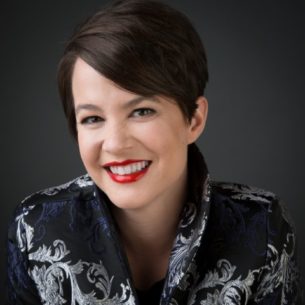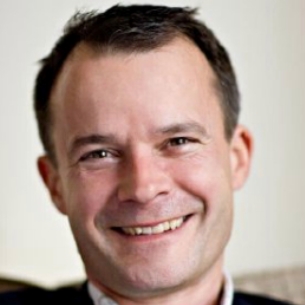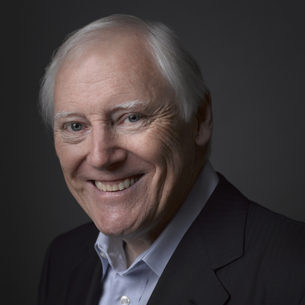Conflict Means Understanding Differences
Ever noticed how often we talk about differences when it comes to conflict? We say that people ‘can’t get past their differences.’
When we use this kind of language, it could be that the disagreement at hand is not about one particular issue, but is bringing along a lot of ‘baggage,’ in terms of how particular people (or the team as a whole) have interacted in the past.
When a team keeps running into the same kinds of difficulties, the language of Belbin Team Roles can help to focus on the bigger picture – differences of objectives, approaches and mindsets.
This depersonalizes the conflict, allowing team members to see beyond the emotion of the moment and try and reframe the discussion in a way that will be helpful to the team and organization as a whole


